Home>Furniture>Outdoor Furniture>How To Lock A Patio Door
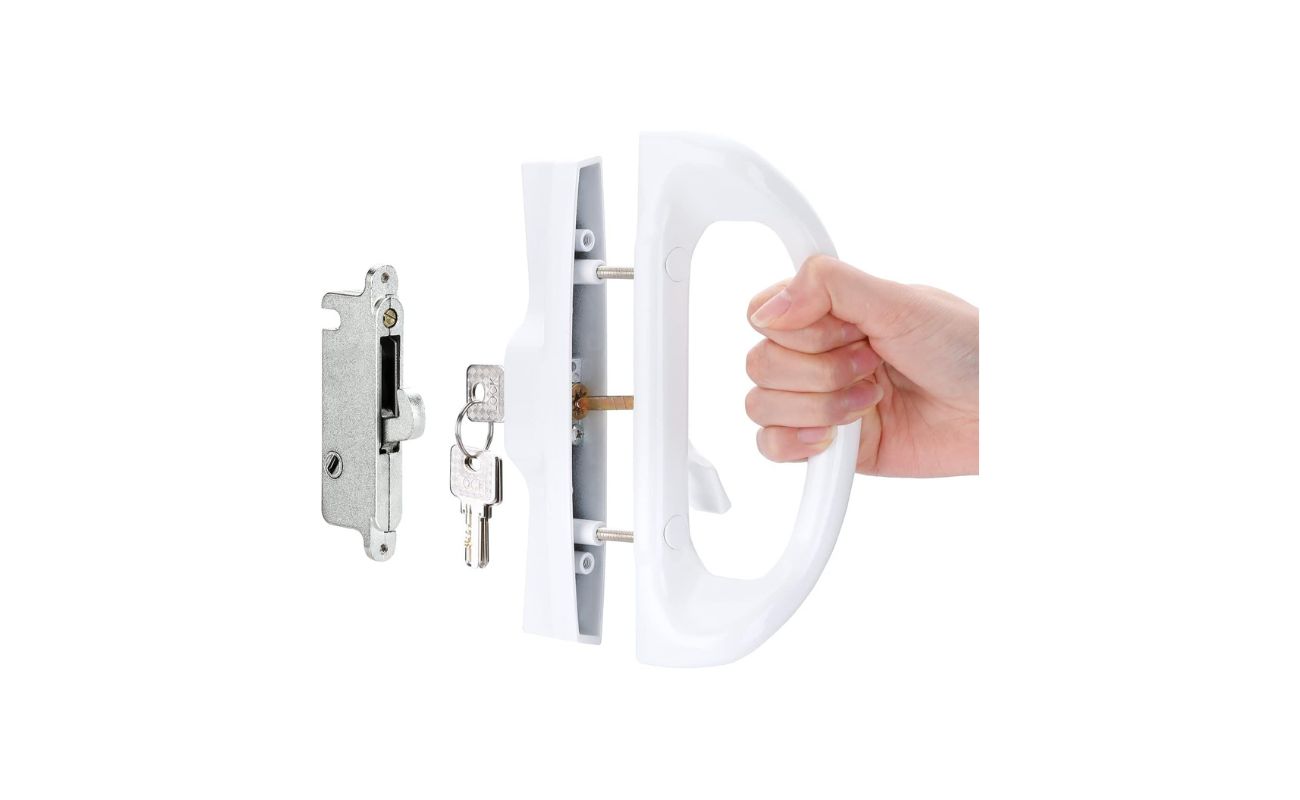

Outdoor Furniture
How To Lock A Patio Door
Modified: March 7, 2024
Discover the best ways to lock your patio door and protect your outdoor furniture. Learn about effective locking mechanisms and tips for enhanced security.
(Many of the links in this article redirect to a specific reviewed product. Your purchase of these products through affiliate links helps to generate commission for Storables.com, at no extra cost. Learn more)
Introduction
Welcome to our comprehensive guide on how to lock a patio door. Patio doors are a popular feature in many homes, providing a seamless transition between indoor and outdoor living spaces. However, without proper security measures in place, patio doors can be a vulnerable entry point for intruders. Taking the time to properly secure your patio door will not only give you peace of mind but also help protect your home and loved ones.
In this article, we will walk you through step-by-step instructions on how to enhance the security of your patio door. From assessing the current security to installing a patio door lock and considering additional security measures, we’ve got you covered. So let’s dive in and make sure your patio door is as secure as possible!
Key Takeaways:
- Secure your patio door by reinforcing the frame, installing a reliable lock, adding security bars, and securing the glass. Consider additional measures like a security system and motion sensor lights for enhanced protection.
- Regularly assess and maintain your patio door security to ensure it functions properly. By following these steps, you can create a safe and secure environment for your home and loved ones.
Read more: How To Replace A Patio Door Lock
Step 1: Assess the Current Security
The first step in securing your patio door is to assess its current security measures. Take a close look at the door frame, locks, and glass to determine any potential weaknesses or areas that need improvement.
Start by inspecting the door frame for any signs of wear or damage. Look for cracks or gaps that could indicate a weak point in the structure. Make sure the frame is tightly secured to the wall and there are no loose or damaged screws.
Next, examine the locks on your patio door. Are they functioning properly? Do they securely lock the door in place? If you have an older patio door, the locks may be outdated and in need of replacement. Consider upgrading to a more robust locking system for added security.
Additionally, take a close look at the glass panels on your patio door. Are they tempered or laminated glass? Tempered or laminated glass is much stronger and more resistant to break-ins than regular glass. If your patio door has regular glass, consider adding a protective film or replacing the glass with a more secure option.
Assess the surrounding area of your patio door as well. Is there proper lighting? Are there any shrubs or trees that provide hiding spots for potential intruders? Trim back any overgrown vegetation and ensure that the area around your patio door is well-lit and visible.
By assessing the current security of your patio door, you can identify areas that may need improvement and move on to the next steps with a clear understanding of what needs to be done.
Step 2: Reinforce the Door Frame
One of the most important steps in securing your patio door is reinforcing the door frame. The door frame is the foundation of your patio door’s security, so it’s crucial to ensure it is strong and resistant to tampering.
Start by inspecting the door frame and identifying any weak points or areas of vulnerability. Look for visible cracks or gaps, as well as loose or damaged screws or hinges. These should be addressed before reinforcing the frame.
One effective way to reinforce the door frame is by installing a door frame reinforcement plate or strike plate. These plates are made of sturdy metal and are designed to provide additional strength and security to the door frame. They are typically installed on the jamb side of the frame, where the locking mechanism is located.
To install a door frame reinforcement plate, begin by removing the existing strike plate. Then, align the new reinforcement plate with the existing screw holes and attach it to the door frame using the provided screws. Make sure the plate is securely fastened to the frame.
In addition to a reinforcement plate, you can also consider adding longer screws to secure the hinges and strike plate. Longer screws provide better support and help prevent the door from being kicked in or forced open.
Another option to reinforce the door frame is by using a door frame reinforcer or door jamb armor. These products are specifically designed to strengthen the entire door frame, not just the strike plate area. They are typically made of heavy-duty steel and provide an added layer of protection against forced entry.
When installing a door frame reinforcer or door jamb armor, follow the manufacturer’s instructions carefully. These products often require drilling and securing multiple screws or bolts into the frame, so it’s important to ensure a proper and secure installation.
By reinforcing the door frame, you greatly enhance the security of your patio door, making it more resistant to break-ins and intrusions.
Step 3: Install a Patio Door Lock
Installing a reliable patio door lock is a crucial step in securing your patio door. A strong and properly functioning lock will act as a deterrent to would-be intruders and provide an extra layer of protection for your home.
Before installing a new patio door lock, consider the type of patio door you have. There are different types of patio door locks, including sliding door locks, deadbolt locks, and multi-point locking systems. Make sure you choose a lock that is compatible with your specific patio door design.
If you have a sliding patio door, one popular option is a sliding door lock. These locks are designed to fit into the track of the sliding door and prevent it from being opened from the outside. Sliding door locks are typically easy to install and provide a simple yet effective locking mechanism.
Deadbolt locks are another popular choice for patio doors. These locks offer a high level of security by extending a solid metal bolt into the door frame when locked. Deadbolts can be installed on both sliding and hinged patio doors, adding an extra level of protection to your home.
If your patio door has multiple panels or operates on a multi-point locking system, it may require a specialized lock. These locks provide added security by engaging multiple points along the door frame when locked, making it more difficult for intruders to force the door open.
When installing a patio door lock, follow the manufacturer’s instructions carefully. Make sure the lock is securely attached and properly aligned with the door frame. Test the lock several times to ensure it operates smoothly and effectively.
Remember, a patio door lock is only as effective as its installation and proper usage. Make it a habit to lock your patio door whenever you leave the house or go to bed. Additionally, consider reinforcing the lock with a security bar or rod that prevents the door from being forcibly pushed open.
By installing a reliable patio door lock, you can significantly enhance the security of your patio door and protect your home from unwanted intruders.
To lock a patio door, make sure to engage the locking mechanism by turning the handle or using a key. For added security, consider installing a secondary lock or a security bar.
Step 4: Add Security Bars
Adding security bars to your patio door is an effective way to further strengthen its security and provide an additional barrier against break-ins. Security bars, also known as door bars or door jambs, are metal or wooden bars that are installed horizontally across the door frame.
There are different types of security bars available, including adjustable bars and fixed bars. Adjustable bars can be easily extended or retracted to fit the width of your patio door, while fixed bars are permanently attached to the door frame.
To install security bars, start by measuring the width of your patio door. Adjust the bars or cut them to the proper length if necessary. Position the bars at a suitable height, typically a few inches above the bottom of the door.
Next, mark the locations on the door frame where the bars will be installed. Use a pencil or marker to make small marks on both sides of the frame.
For adjustable bars, follow the manufacturer’s instructions to extend or retract the bars to the desired length. Place one end of the bars into the marked location on one side of the frame and attach the other end to the opposite side. Ensure that the bars are securely in place and provide a strong barrier.
If you’re installing fixed security bars, use a drill or screwdriver to attach the bars to the door frame. Drive screws or bolts through the pre-drilled holes in the bars and into the door frame, ensuring a sturdy and secure installation.
Security bars are an effective visual deterrent that can discourage intruders from attempting to break into your patio door. They add an extra layer of security and provide peace of mind, especially when you’re away from home for an extended period.
It’s important to note that security bars should not impede your ability to quickly exit your home in case of an emergency. Make sure they can be easily and quickly removed or retracted from the inside.
By adding security bars to your patio door, you significantly enhance its security and make it more resistant to forced entry.
Read more: How To Repair A Patio Door Lock
Step 5: Secure the Glass
Securing the glass on your patio door is a crucial step in improving its overall security. Glass panels are vulnerable points that can be targeted by intruders, so taking measures to reinforce and protect them is essential.
One option to secure the glass on your patio door is to apply a protective film. Safety and security films are designed to strengthen the glass and make it more resistant to breaking. These films are typically made of a thick, shatter-resistant material that helps hold the glass together even if it is broken.
To apply a protective film, thoroughly clean the glass surface and trim the film to fit the size of the glass panel. Follow the manufacturer’s instructions to carefully apply the film, making sure there are no bubbles or creases. The film will not only improve the security of your patio door but also provide additional benefits such as UV protection and privacy.
Another option to secure the glass is by installing security window film. This film is specifically designed to make the glass more resistant to breaking, deter forced entry attempts, and provide an added layer of protection against smash-and-grab burglaries. Security window film is often thicker and more durable than regular window film, offering enhanced security for your patio door.
If you want to go a step further in securing the glass, consider upgrading to laminated or tempered glass. Laminated glass consists of multiple layers of glass and a layer of plastic, making it highly resistant to breaking. Tempered glass, on the other hand, is specially treated to increase its strength and shatter into small, less dangerous pieces if broken.
Upgrading to laminated or tempered glass may require professional installation, as the glass panels need to be measured and replaced. Consult with a trusted glass professional to determine the best option for your patio door.
By securing the glass on your patio door, you make it significantly more difficult for intruders to gain access to your home. It adds an extra layer of protection and peace of mind, knowing that your patio door is fortified against potential break-ins.
Step 6: Consider Additional Security Measures
While reinforcing the door frame, installing a patio door lock, adding security bars, and securing the glass are all important steps in enhancing the security of your patio door, there are additional measures you can take to further strengthen its protection. Consider implementing the following security measures:
1. Install a security system: A comprehensive home security system can provide an extra layer of protection for your patio door and your entire home. Look for systems that include door and window sensors, motion detectors, and a monitoring service to alert you and the authorities in case of a break-in.
2. Use motion sensor lights: Install motion-activated lights near your patio door to illuminate the area when someone approaches. This not only helps deter potential intruders but also increases visibility and enhances overall security around your patio door.
3. Consider a security camera: Install a security camera near your patio door to monitor and record any suspicious activity. Visible cameras can act as a deterrent, while hidden cameras can provide valuable evidence in case of a break-in.
4. Trim landscaping: Keep shrubs, trees, and other plants trimmed and away from your patio door. Overgrown vegetation can provide hiding spots for potential intruders, reducing the visibility and security around your patio door.
5. Use window coverings: Consider using blinds, curtains, or shades to prevent prying eyes from seeing into your home through the patio door. This adds an extra layer of privacy and security, as intruders will be less likely to target a home where they can’t easily see the contents inside.
6. Utilize door alarms: Install door alarms on your patio door, which will trigger an alert if someone attempts to force it open. These alarms can be a simple and cost-effective way to enhance the security of your patio door.
7. Reinforce sliding door tracks: Install auxiliary locks or pins to prevent the sliding door from being easily lifted off its tracks. This adds an extra level of security to your patio door and makes it more difficult for intruders to gain access.
By considering these additional security measures, you can further fortify your patio door and create a more secure environment for your home and family.
Conclusion
Securing your patio door is an essential step in protecting your home and ensuring the safety of your loved ones. By following the steps outlined in this guide, you can significantly enhance the security of your patio door and make it more resistant to break-ins and intrusions.
Start by assessing the current security of your patio door, identifying any weaknesses or areas that need improvement. Reinforce the door frame with reinforcement plates or door jamb armor to strengthen its structure. Install a reliable patio door lock that is compatible with your door type, whether it’s a sliding door lock, deadbolt lock, or multi-point locking system.
Add security bars to provide an extra barrier against forced entry. Secure the glass on your patio door by applying protective films, upgrading to laminated or tempered glass, or installing security window film. Consider additional security measures such as a home security system, motion sensor lights, security cameras, and door alarms.
Lastly, remember to regularly maintain and test your patio door security features to ensure they are functioning properly. Develop the habit of locking your patio door whenever you leave your home or go to bed, and encourage your family members to do the same.
By following these steps and implementing these additional security measures, you can have peace of mind knowing that your patio door is well-protected and that your home is secure. Invest in your home’s security today and create a safe and secure environment for you and your loved ones.
Frequently Asked Questions about How To Lock A Patio Door
Was this page helpful?
At Storables.com, we guarantee accurate and reliable information. Our content, validated by Expert Board Contributors, is crafted following stringent Editorial Policies. We're committed to providing you with well-researched, expert-backed insights for all your informational needs.
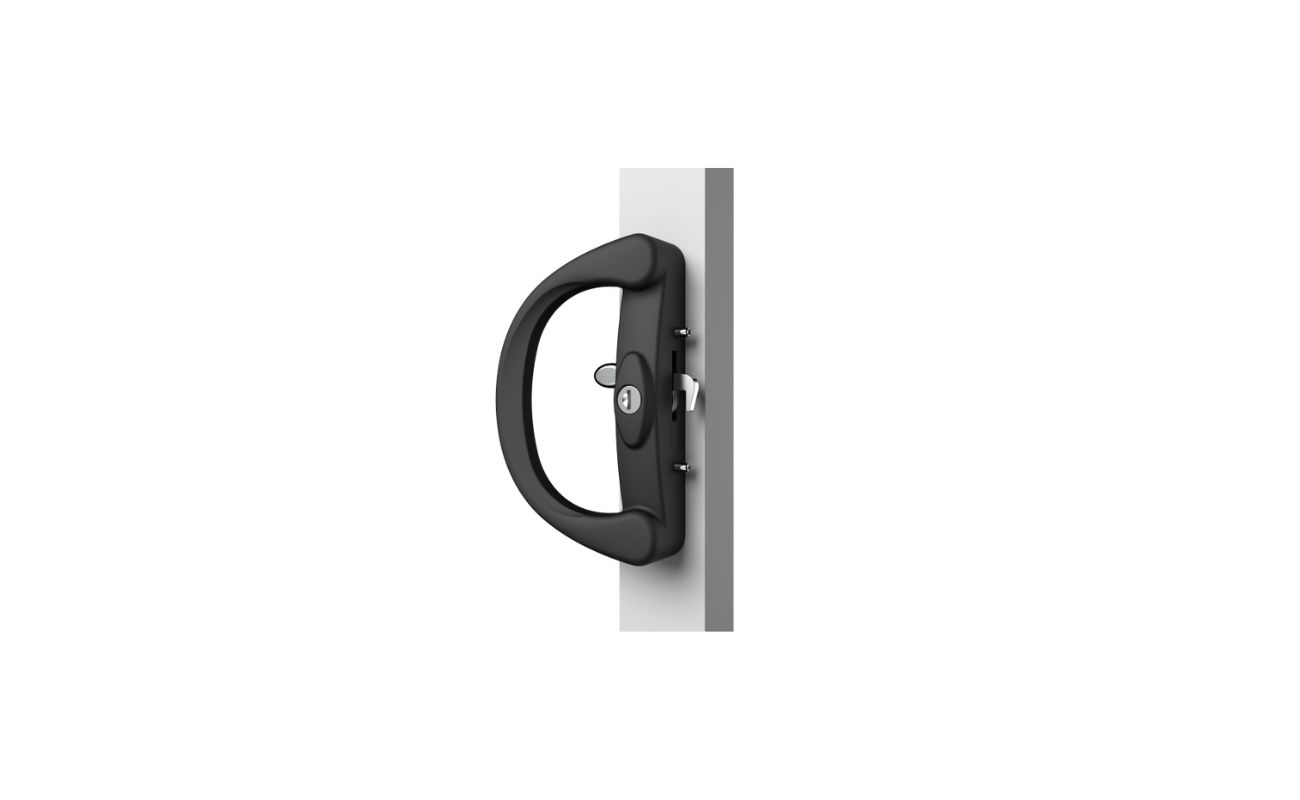
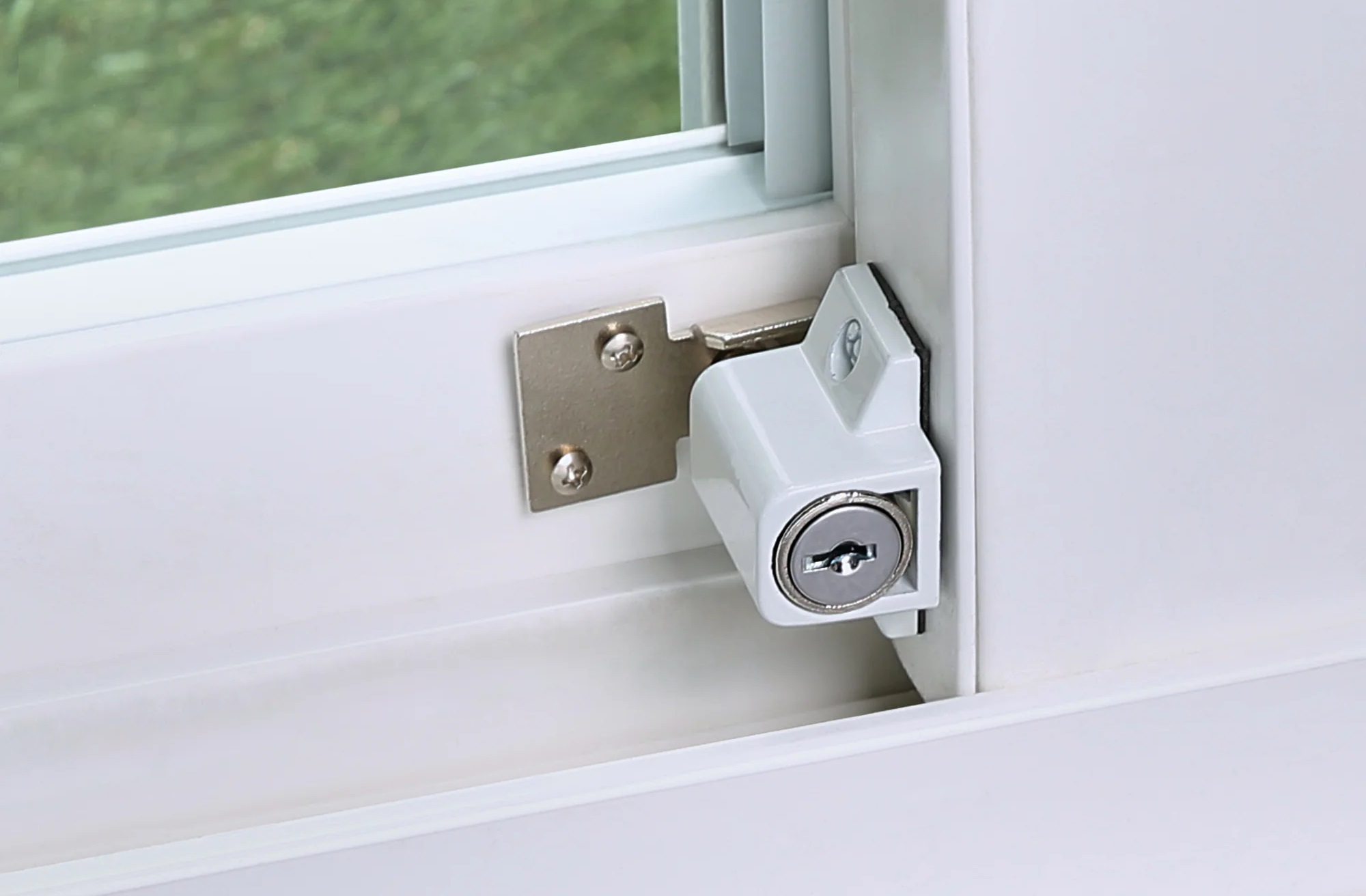
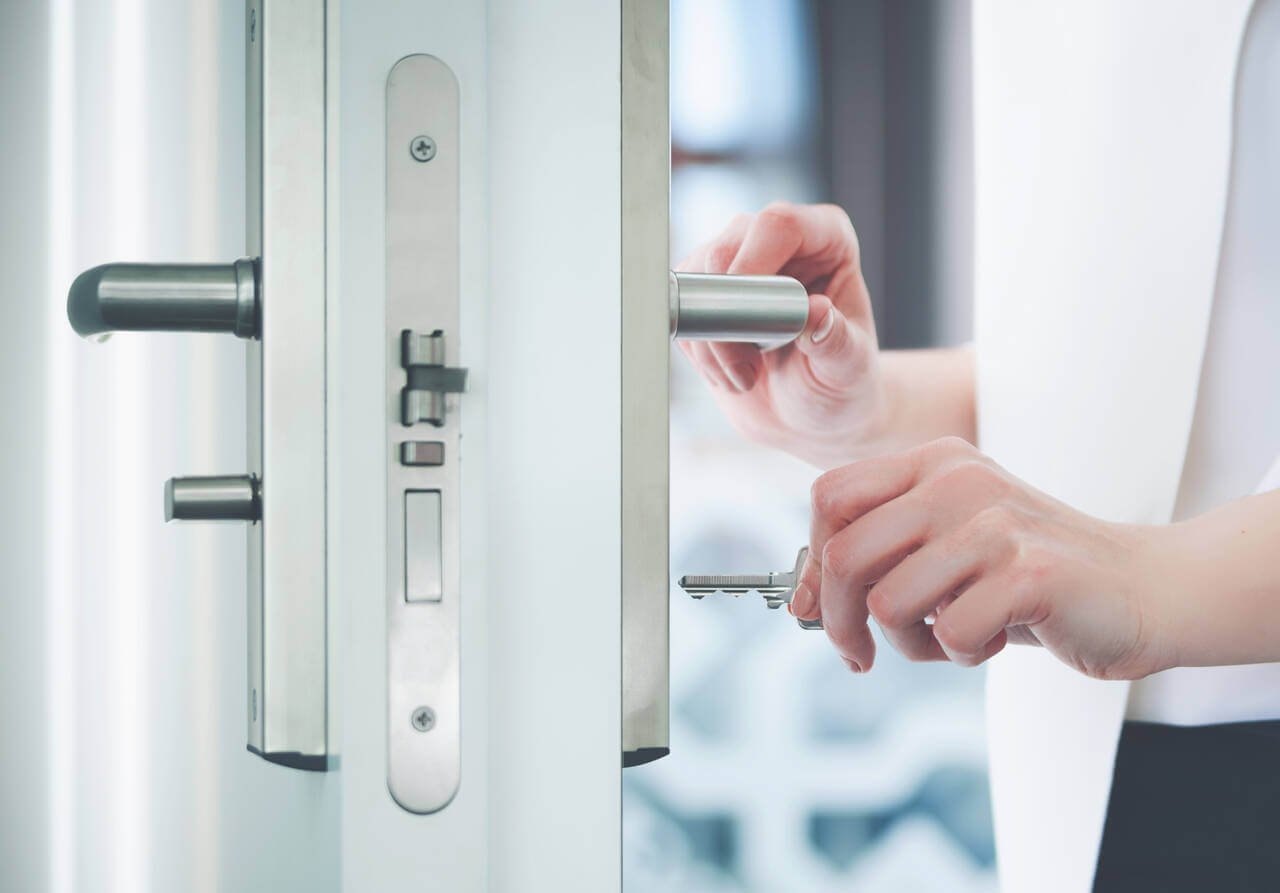
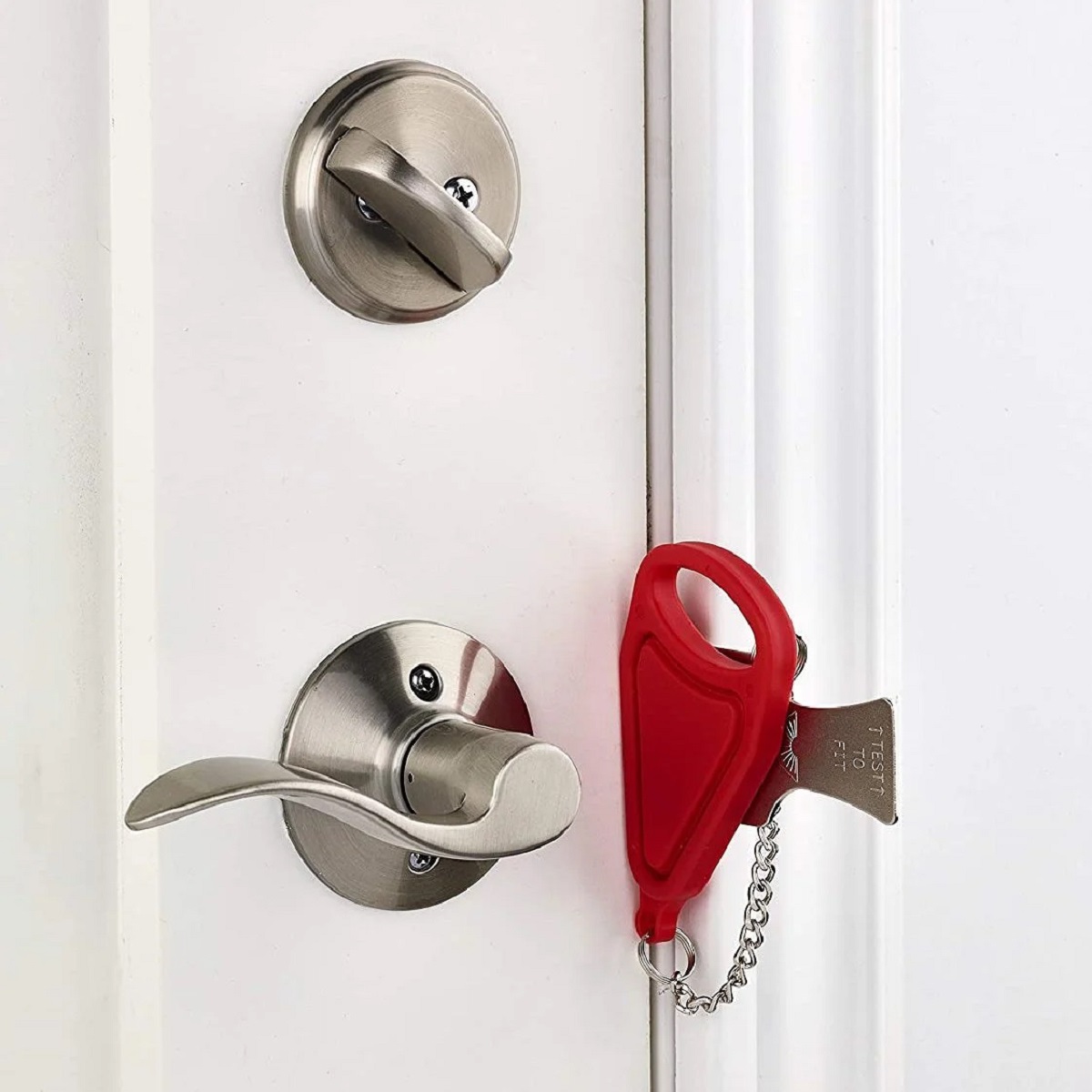
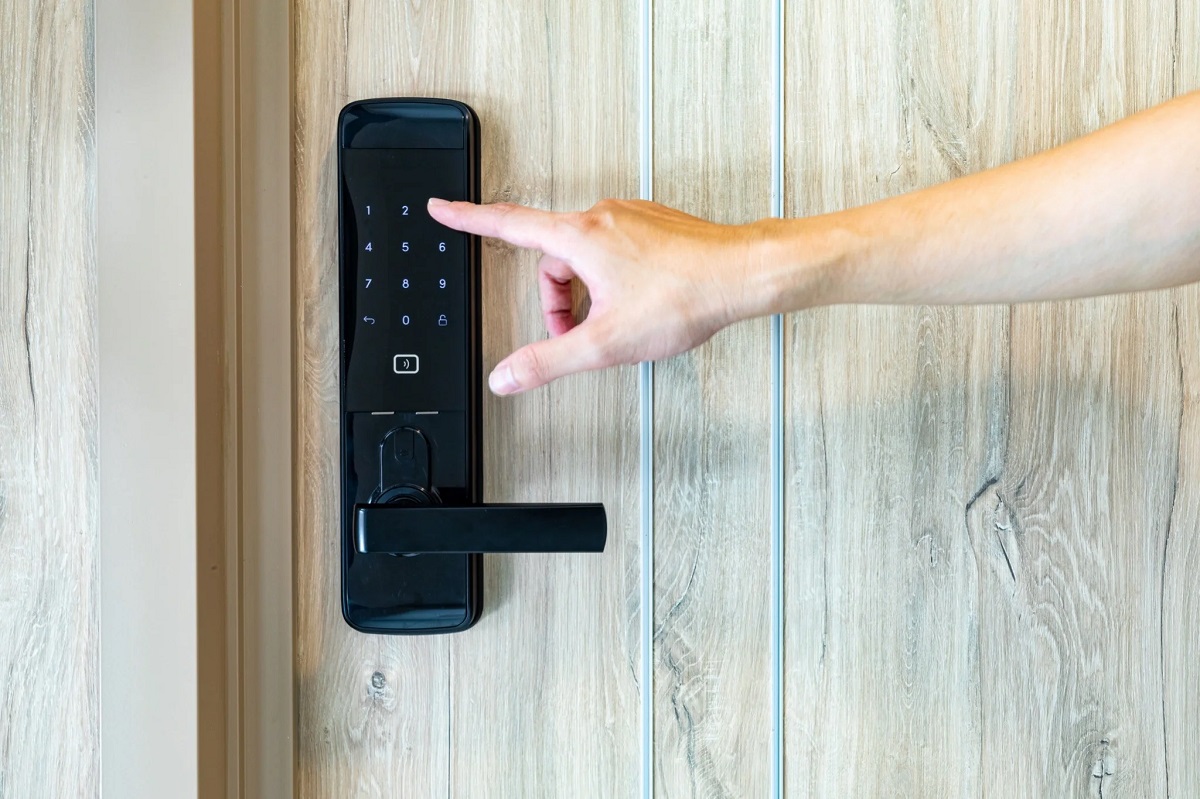
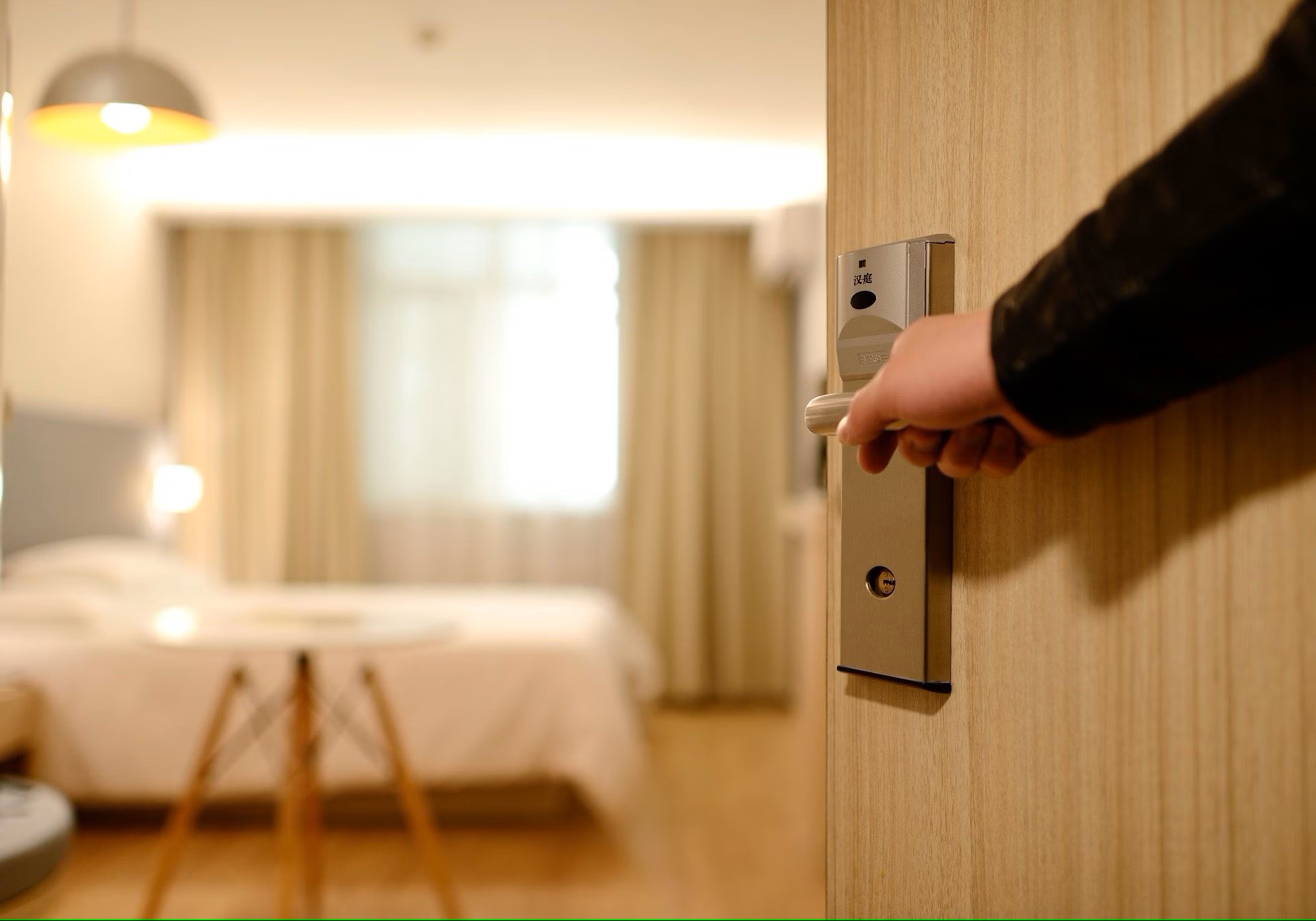
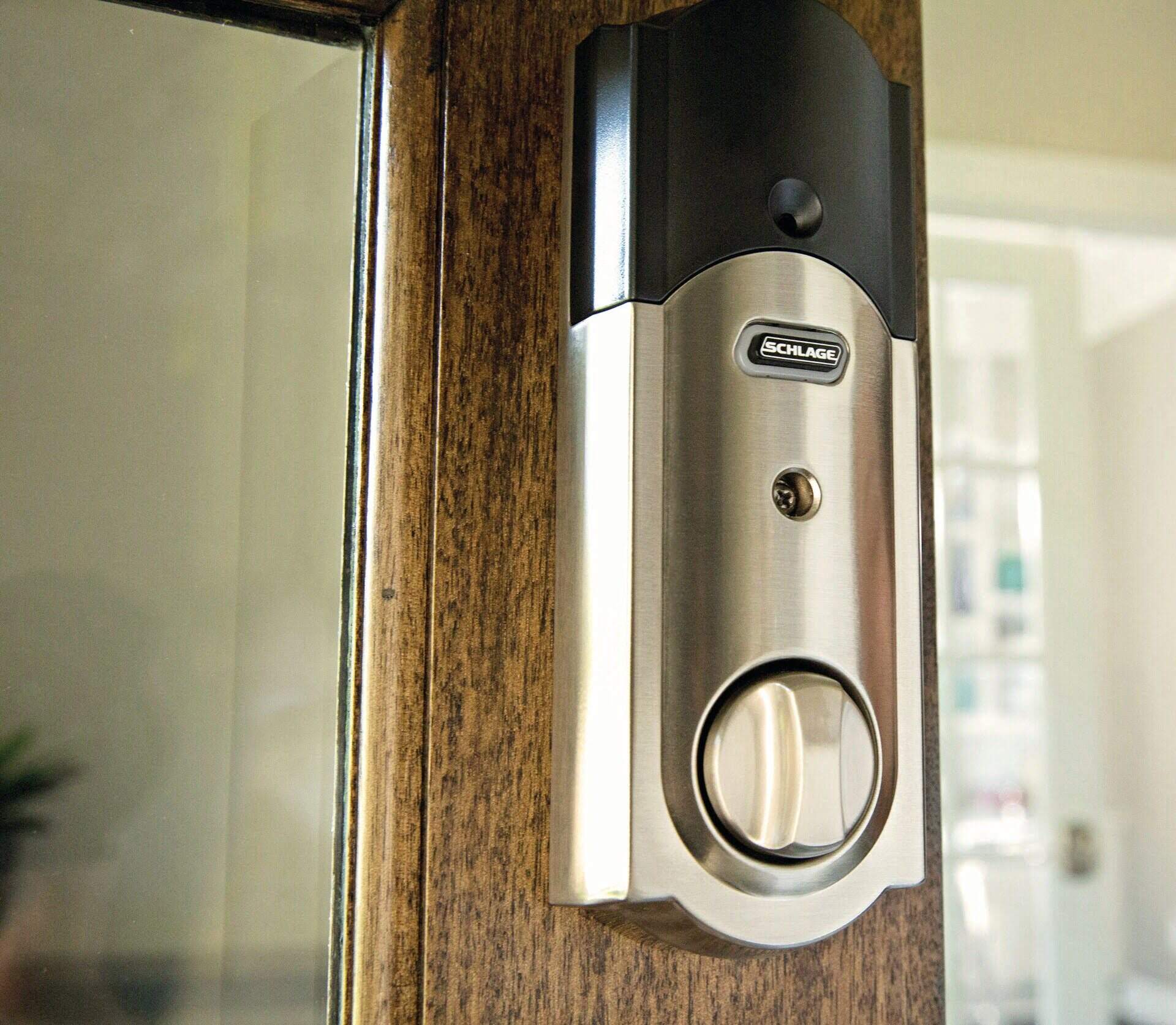
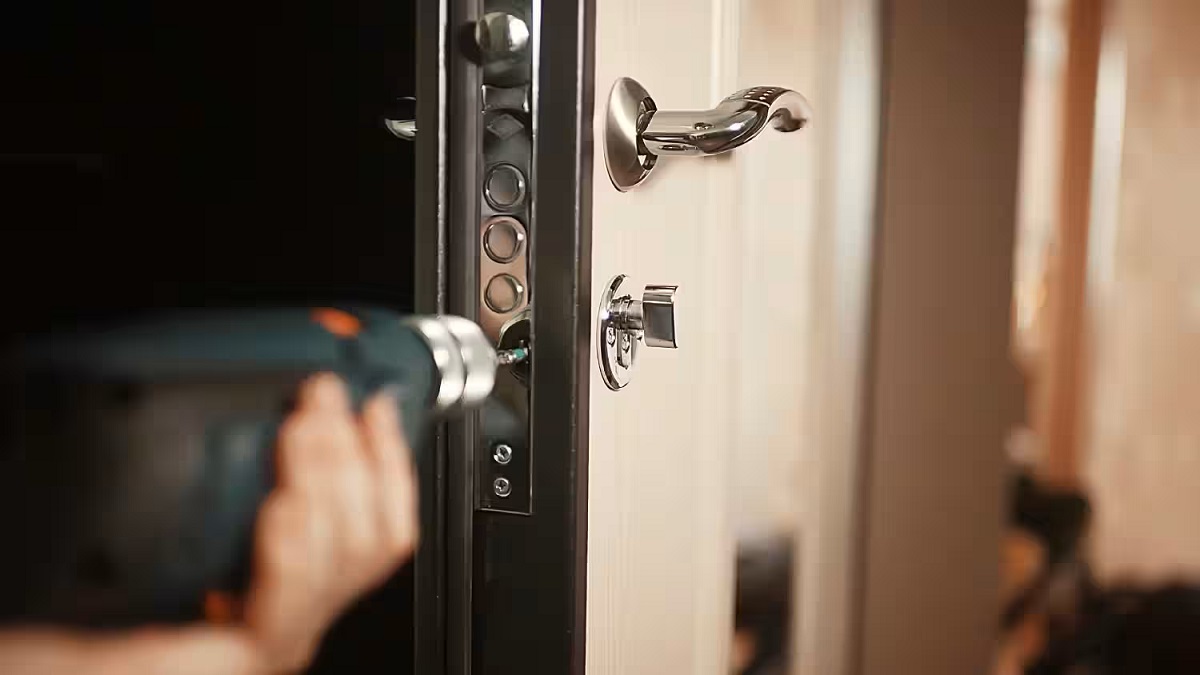
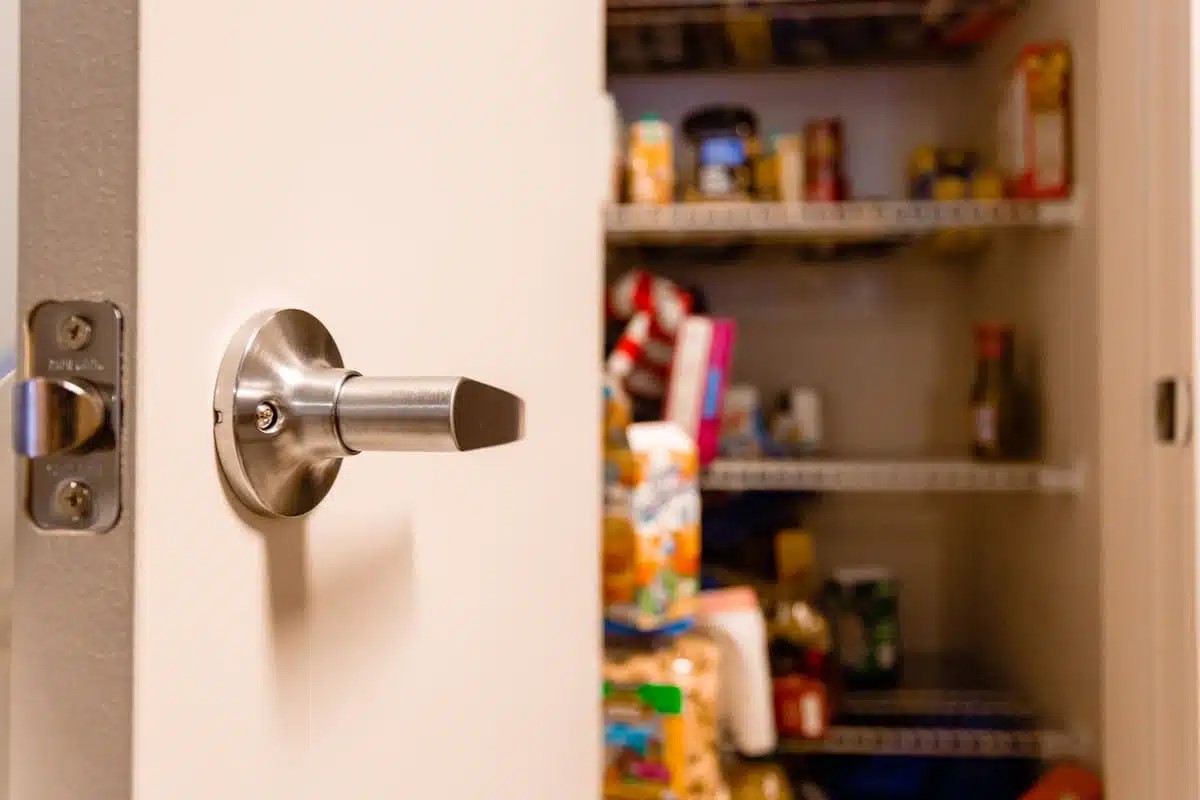
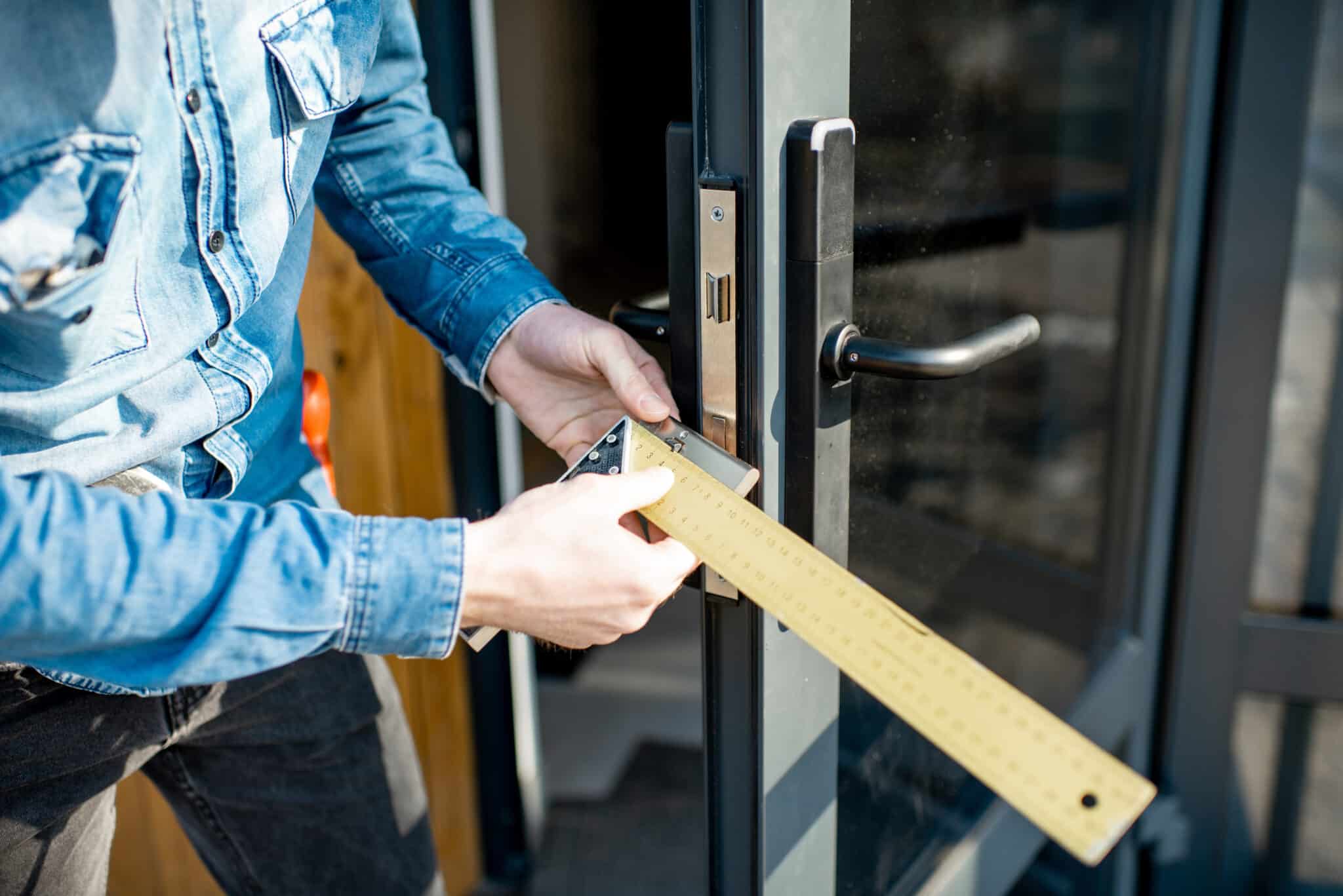
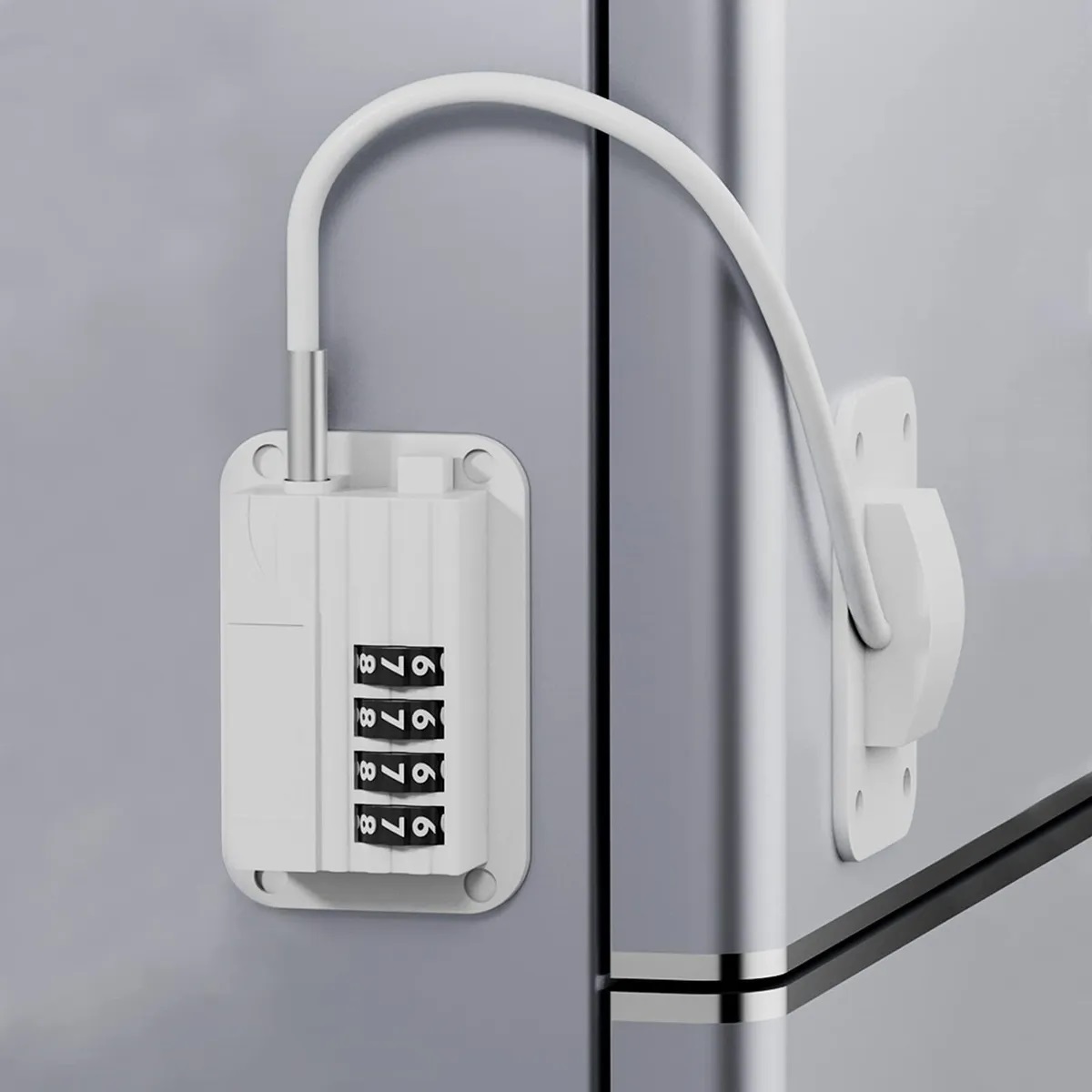
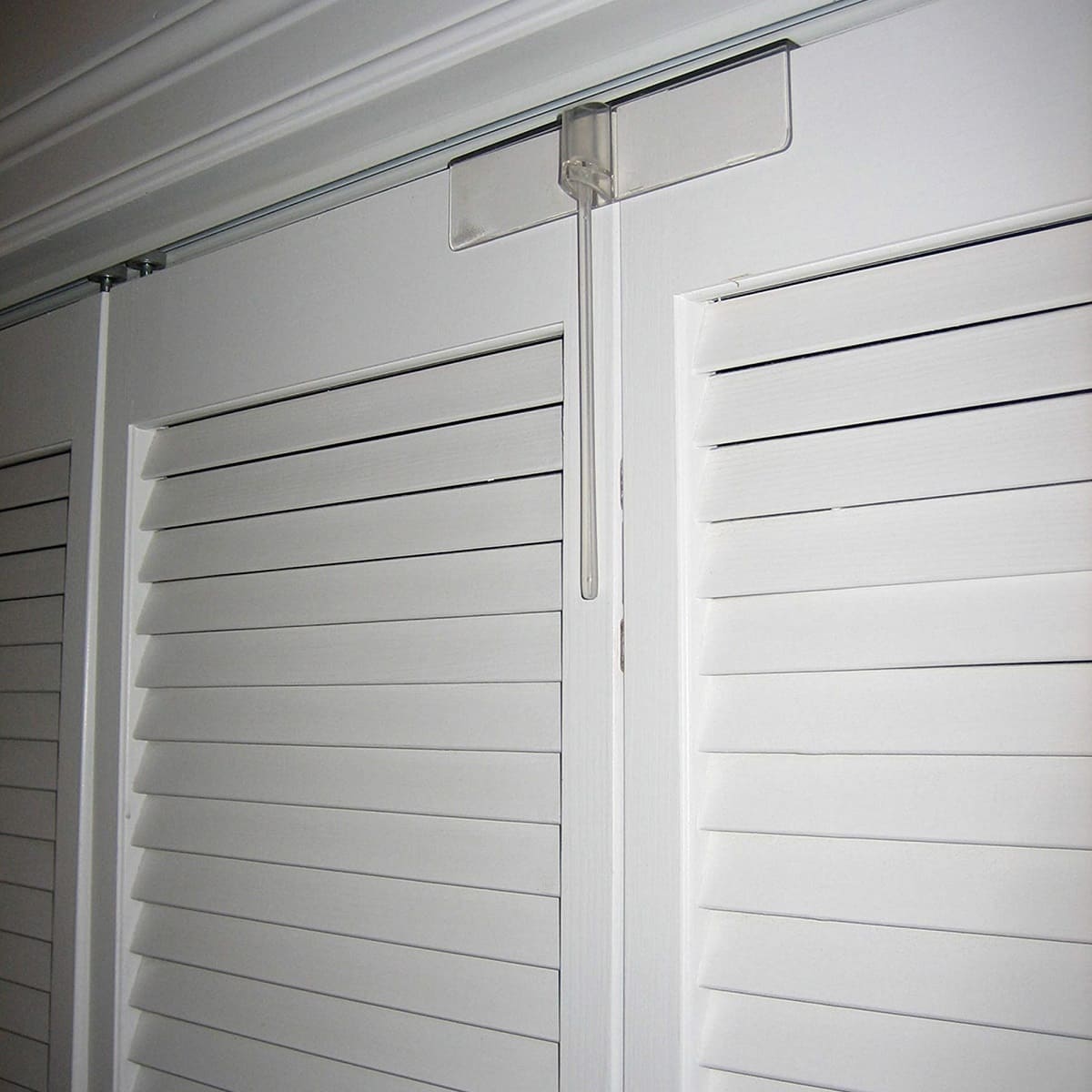
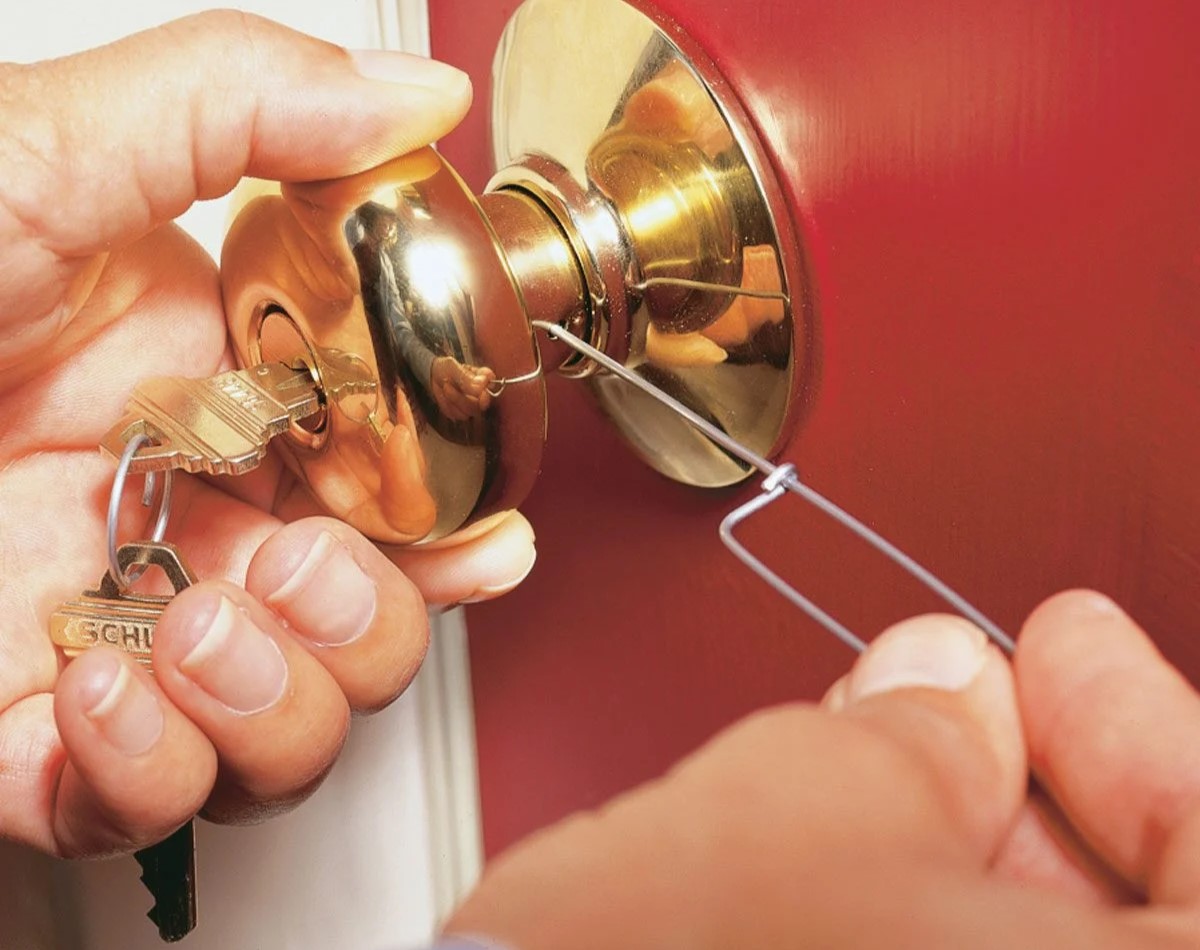
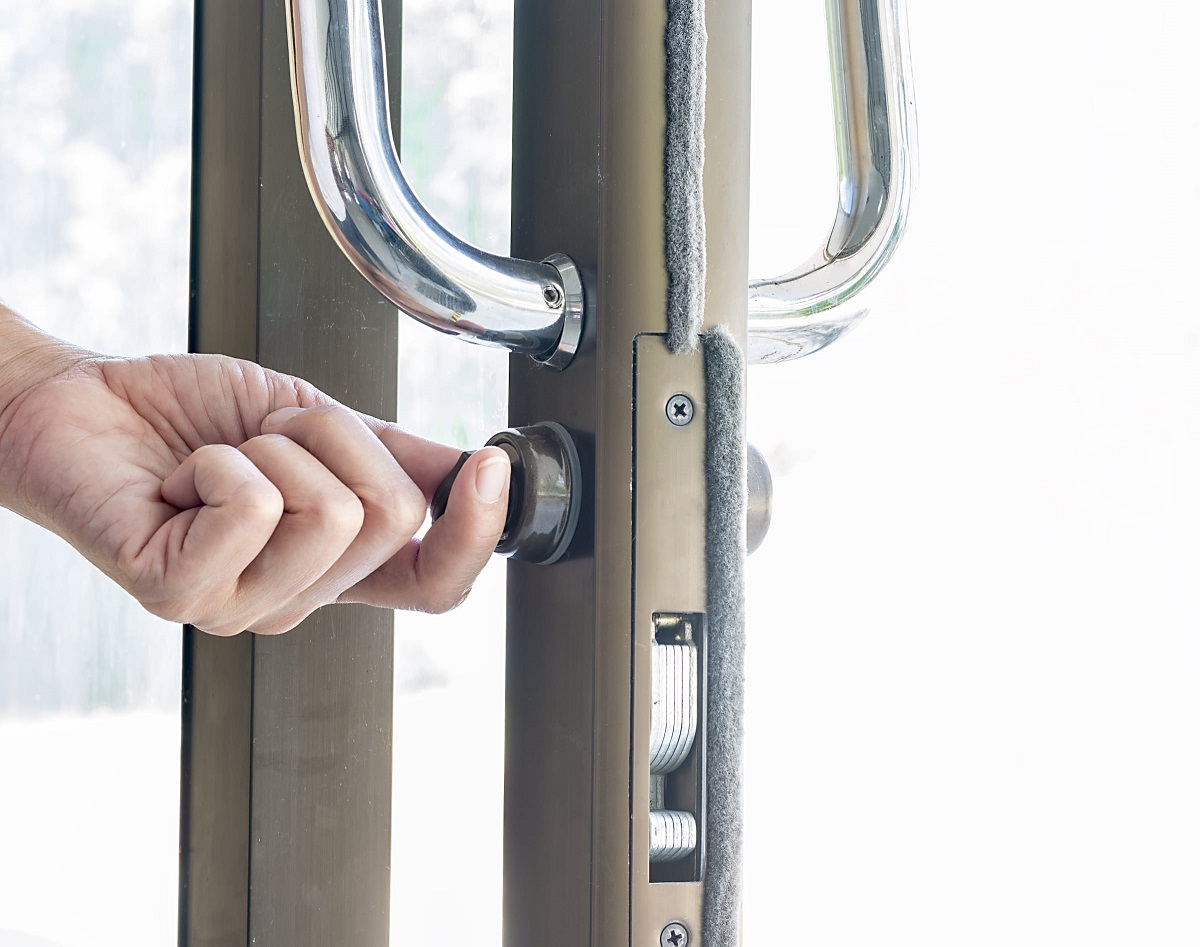

0 thoughts on “How To Lock A Patio Door”